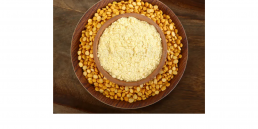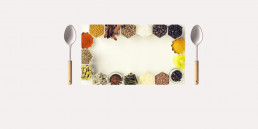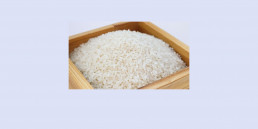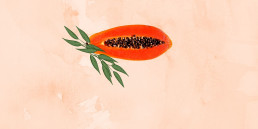Hi there,
Welcome back !!!
I sincerely hope you are enjoying reading all the posts.
I feel like I am on a journey to South America. As my previous blog focussed on Coffee, this one deals with Kidney Beans- a legume that has become an irreplaceable part of the diet in the Indian Subcontinent.
North India’s affinity to Kidney Beans
Mrs Chadha: Hello Mrs. Singh, What did you have for dinner last evening?
Mrs. Singh: Our usual Rajma Chawal (Kidney beans and rice). A tasty and healthy option. My family can’t do without it!!!
Mrs Chadha: I totally agree. And it’s so easy to make. I cook it at least twice a week.
As it’s popularly known, Rajma is a dish relished by not only the north Indians but also by people from numerous communities across the country.
These beans have been in high demand, and one can find them -from the local shops to the superstores, right up to the app-based online shopping. But did you know that our favorite dish did not originate in any part of the Indian Sub-Continent? I will get to it in just a minute.
One fact is unavoidable, the popularity of this section of common beans is entirely due to the Punjabi community. They are solely responsible for the immense love that these kidney beans receive in the country.
Where did it all start?
Let us go back 8000 years, where common beans and kidney beans were grown for the first time in the South American country, Peru.
Then, it migrated to countries of the New World, like Mexico and Guatemala, through the ever-traversing traders. From there, the Kidney beans found new homes in the European countries of Portugal and Spain.
The Indian Subcontinent, too, welcomed these high-protein red beans with open arms from the southwestern coast.
Just for the curious soul, common beans include kidney beans, black beans, and navy beans. However, in today’s blog, my focus will be entirely on the ‘Frijoles’ (the Spanish name for the same).
According to some reports, this sub-section of the common beans group was called red beans. They are available in red and white colors. Due to its similarity with a highly vital organ- it led to the name Kidney Beans. However, they are still referred to by their former name in some parts of the world.
Kidney Beans & Cuisines Across the World
Different cuisines use Kidney beans in various preparations.
In Latin American countries like Mexico, Burrito wraps and bowls with refried beans are trendy. It is a popular Tex-Mex dish. (Texas and Mexico)
The Louisiana Creole cuisines too rely heavily on these beans. For example, On Mondays, preparations involving rice served with red beans, vegetables, and other accompaniments are regular.
In the European mainland, in countries like Italy, Spain, and United Kingdom, these beans form an integral part of their dietary habits.
Many stews, salads, soups, and pasta preparations are good indicators of the acceptance of these legumes. (Kidney beans are part of the legume family).
As mentioned, countries of the Subcontinent too, thoroughly relish Spicy Rajma Masala,) rajma cooked in a thick tomato gravy with all the spices, India) and ‘Safaid Lobia’ (Pakistan).
There are three distinct kinds of dried beans available in India:
- Chitra Rajma
- Jammu Rajma
- Small red Beans
Benefits
Kidney beans are highly nutritious. In addition, they serve as a source of protein for vegetarians and vegans.
The top benefits of consuming this nature’s gift are that it helps control blood sugar levels, keeps the heart in good health, and helps in lowering cholesterol levels. In addition to this, Kidney beans aid in weight loss as well.
However, these beans are a big no-no for those with Uric Acid issues. Consumption of Rajma may aggravate the situation.
In totality, Kidney beans are tasty and sumptuous. One can eat them with rice or chapattis alongside some pickles and salad. They form the perfect combination. Likewise, dips conjured off these healthy legumes make yummy chips and dip mixes.
So much for now…
I will see you’ll soon
till then
Take Good Care of Yourselves!!!!
And if you want some light reads while you’re on the move: Click Here.









